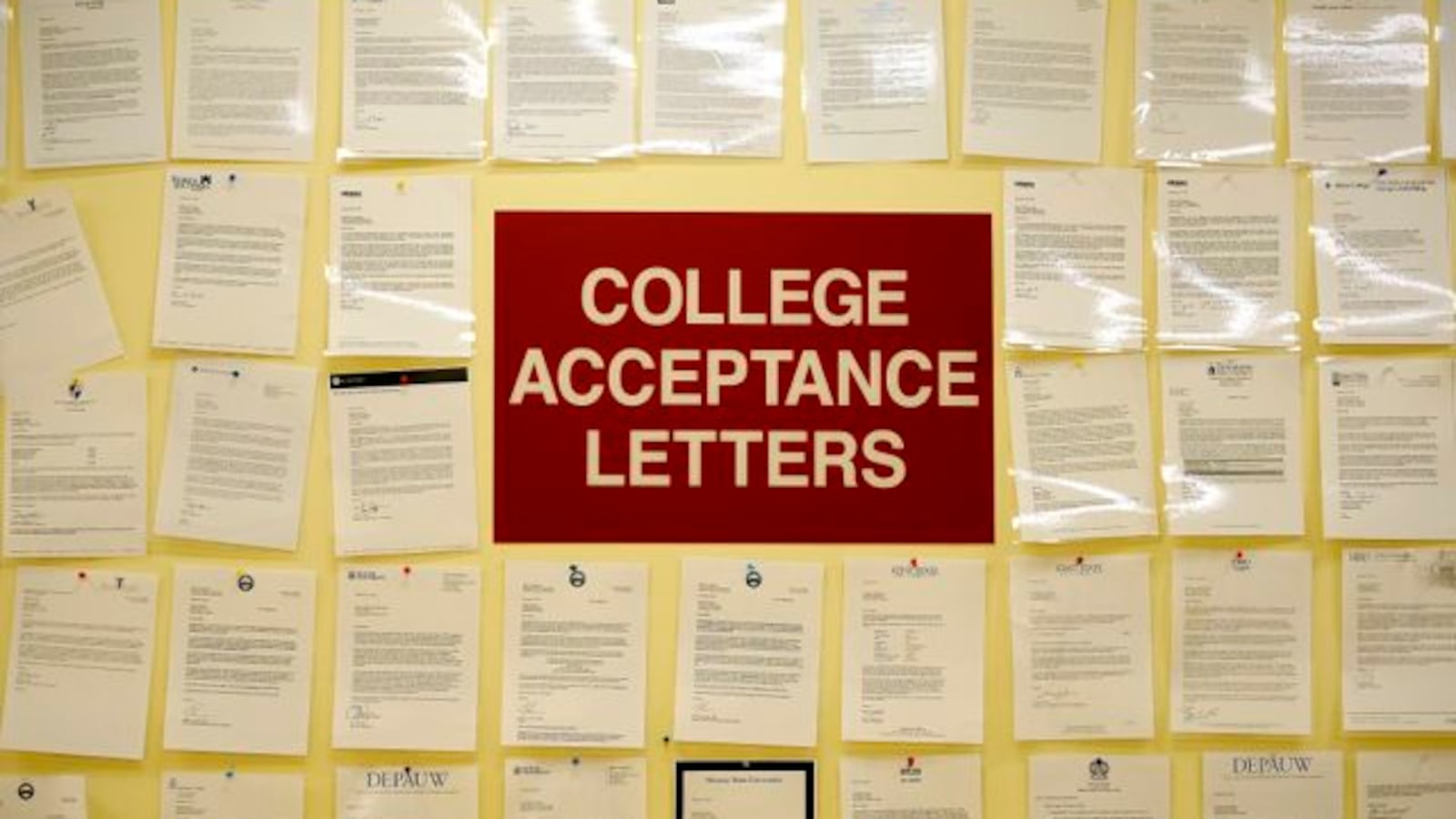Thousands of low-income Indiana high school students who are eligible for a lucrative college scholarship are in danger of losing out on four years of paid tuition if they don’t meet a host of new requirements.
New data from Indiana Commission for Higher Education show that just 20 percent of eligible students in the Class of 2017 have completed requirements so far for the state’s 21st Century Scholar program, such as registering online and watching a video about paying for college. That means that more than 14,000 needy students might have trouble catching up in time to use the scholarship after they graduate.
The problem is even more severe in Marion County, where only 13 percent of high school juniors in the program are where they should be in meeting the new requirements.
The problem stems from changes to the 25 year-old program that were mandated in 2011 when the Indiana General Assembly heaped on requirements and raised the GPA threshold from 2.0 to 2.5. Lawmakers wanted to ensure that students awarded the scholarships were prepared for college. This year’s high school juniors are the first graduating class that will be held to the new standards, which include a checklist of activities during their four years of high school.
“The first class is always the tough class,” said Jason Bearce, associate commissioner for higher education. “We are really significantly changing what the expectation is for students. We don’t just want students to go to college, we want them to graduate.”
There are 12 activities total that students are responsible for completing and tracking. To finish the program, students also must earn the state’s default Core 40 diploma, stay away from drugs, alcohol and crime and commit to taking 15 college credit hours per semester once they enroll in college.
The activities range in difficulty: Freshmen must sign up to use the state’s information tracking website and watch a “Paying for College 101” video, while seniors must report that they’ve submitted college applications and filed for federal student aid.
The scholarship goes to kids from families who meet certain income levels. For example, a family of four must earn less than $44,863 annually, as well as meeting other criteria.
Stephanie Wilson, the commission’s spokeswoman, said it’s likely that many kids might have completed the required tasks but just haven’t updated the state on their progress.
“A lot of these are things that we kind of have an inkling that students have done or schools have coordinated, but people don’t know they actually have to go in and affirm these activities,” Wilson said.
Part of the problem is a breakdown in communication, said LaMont Rascoe, a guidance counselor in charge of the 21st Century Program at Perry Township’s Southport High School.
Rascoe said his school takes on the bulk of the work pushing students to keep up with the 21st Century Scholar activities because they know parents at home aren’t always able to. Parents might not know what’s required. They might not have access to a computer. At Southport, more than 90 percent of juniors are on-track to graduate with their scholarships according to state data.
“We make the kids take ownership over the program,” said Rascoe, who’s been working with 21st Century Scholars for about a decade. “We don’t want any kid to not have an opportunity based on something we didn’t do.”
The state expects that once kids and schools are alerted to the fact that there is work they need to do, more students will get on-track. Wilson said she’s seen the percentage of juniors who have completed their requirements jump from 8 percent to 20 percent in just the last few weeks.
Almost 18,000 students are expected to graduate in the scholarship program in 2017. The program began in 1990 said Teresa Lubbers, the Commissioner for Higher Education, and the Class of 1992 was the first to use the funds.
Lubbers said the program has changed lives.
The scholarship “changed the culture and the mindset of a population who, for the most part, thought college was out of reach for them,” Lubbers said. “We think it has the potential to actually be the biggest contributor to closing the achievement gap.”

